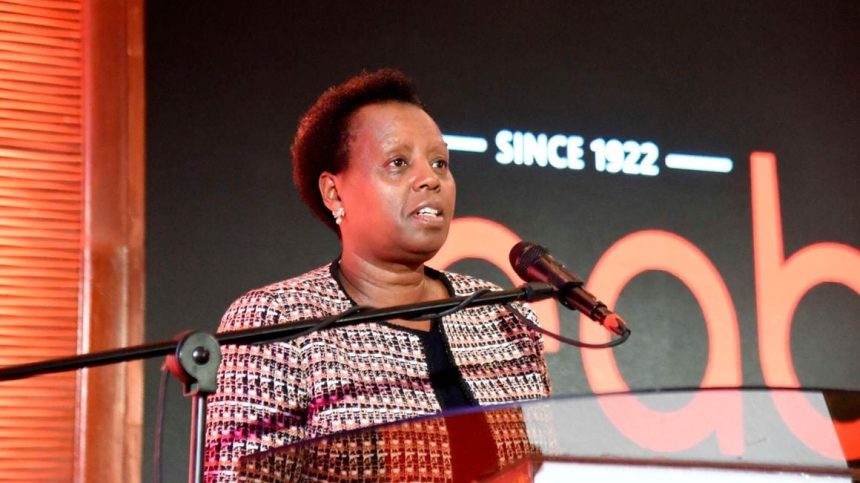Regional liquor maker East African Breweries Limited (EABL) defied an environment of higher taxes and depressed consumption to post a rise in sales and revenue, but the depreciation of the Kenyan shilling, coupled with the drought in the region, weighed down on its net profit in the first half of the current financial year.
The brewer’s post-tax profit dropped 22 percent, in the half year to December 2023, to Ksh6.7 billion ($41.2 million) from Ksh8.7 billion ($53.5 million) in a similar period last year, even as its net sales rose 16 percent to Ksh66.5 billion ($409.2 million).
The profit decline was mostly driven by foreign exchange losses in Kenya, which cost the firm Ksh2.3 billion ($14.15 million), a more than tenfold increase, compared with a similar period last year, blamed on a depreciation of the Kenyan shilling.
EABL chief financial officer Risper Ohaga said the company’s forex-related losses were, in addition to depreciation of the shilling, largely due to a rise in its input imports, mostly grains and ethanol, which were made scarce by the long drought that impacted harvests in the region.
“It’s attributable to a shortage of factor inputs locally, that is forcing us to import and that’s also creating more pressure on forex,” Ms Ohanga said during the investor briefing on Friday.
“An example is ethanol, which we previously sourced almost fully locally, and now we’re importing nearly 70 percent, and that hurts on the foreign exchange line.”
The scarcity of the locally sourced inputs increased the brewer’s cost of sales by 21 percent to Ksh37 billion ($227.7 million), up from Ksh30.7 billion ($188.9 million) in the previous year, which was worsened by the rise in forex losses.
EABL has been sourcing over 80 percent of its inputs, especially barley, wheat, sorghum and other grains, locally, but last year’s drought reduced harvests, forcing the brewer to shift from their policy and import more inputs.
Jane Karuku, the brewer’s CEO, said the regional firm will now focus on boosting cost efficiency to bring down their costs in the second half of the year to recover from the loss reported in the first half as the forex and macroeconomic challenges persist.
“Cost-efficiency can come from buying better, negotiating better from our suppliers, operationalising better within our manufacturing sites, and taking care of how our own operational costs are,” she said.
“We need to keep expanding our margin, because there’s a big challenge of costs, we must be cost-efficient as a business, and we must do everything else we need to do to ensure we’re growing our margins.”
Besides boosting cost-efficiency, the brewer is also betting on increased marketing spend and a series of new beer brands being introduced in the Kenyan market to recover its profit growth in the second half.
“We will remain consumer-centric and execute brilliantly to keep up with the dynamism in the market,” Ms Karuku said, adding that it is their investments in marketing that enabled a rise in sales, despite the difficult economic conditions of the last half-year.
EABL had posted a flat growth in net profits in the half-year ended December 2022 compared to the previous year, which was largely due to a rise in excise taxes in Kenya, dampening consumption.
Ms Karuku said the drop in profit in the concluded half-year could have been more had taxes increased again.
“We would have been in so much trouble, we would have hurt from a top line, we would’ve hurt from forex, and it would have been a disaster for the business,” she said.




